
Tags
Loading...
Select from existing tags
Pietà 1537
painting by Rosso Fiorentino (Museum: Department of Paintings of the Louvre)
[br]
This is the only easel painting that can be dated with certainty to Rosso's stay in France in 1530-40. The cushions beneath Christ's body bear the blue alerions on an orange background of the coat of arms of Constable Anne de Montmorency, from whose château at Ecouen the Pietà was taken to t...
- Credit:
- Courtesy of Wikimedia Commons
More from this artist...
Loading...
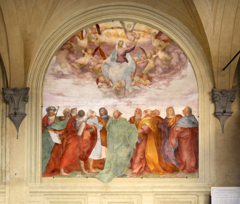

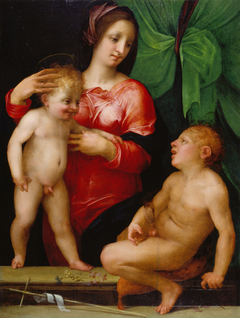
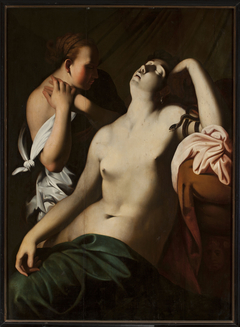


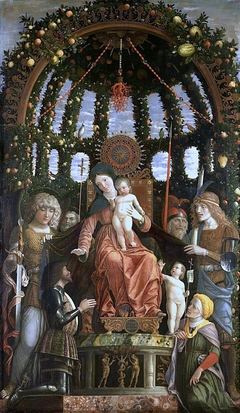
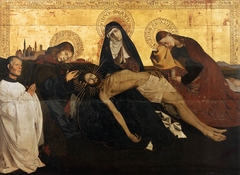
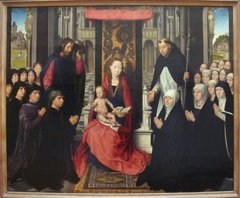


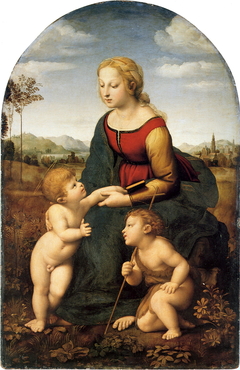
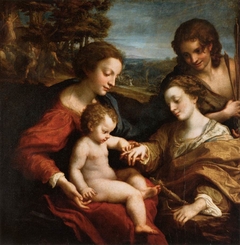
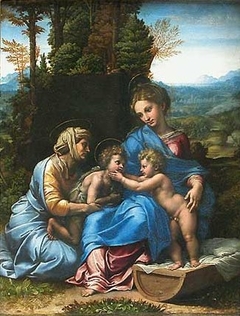
Discussion